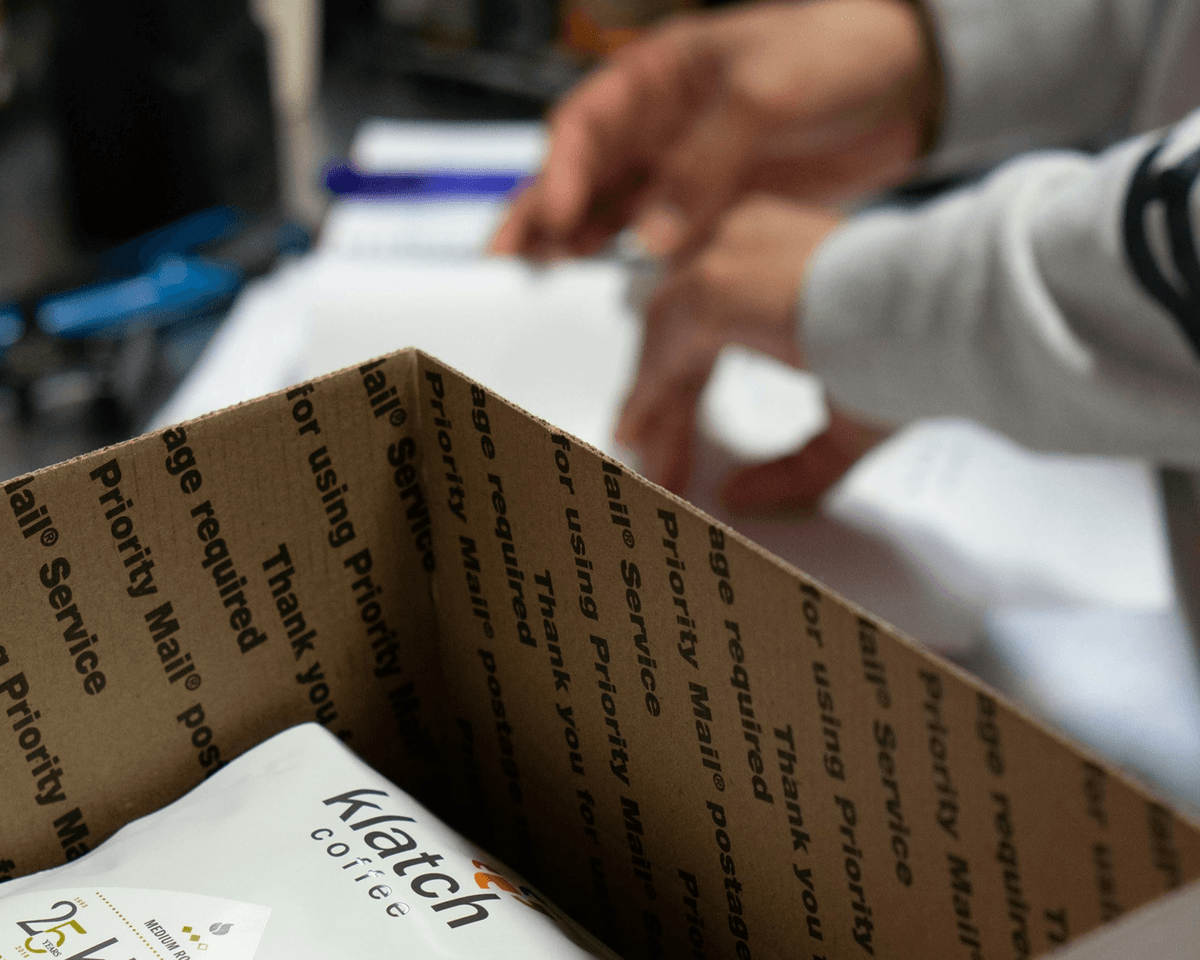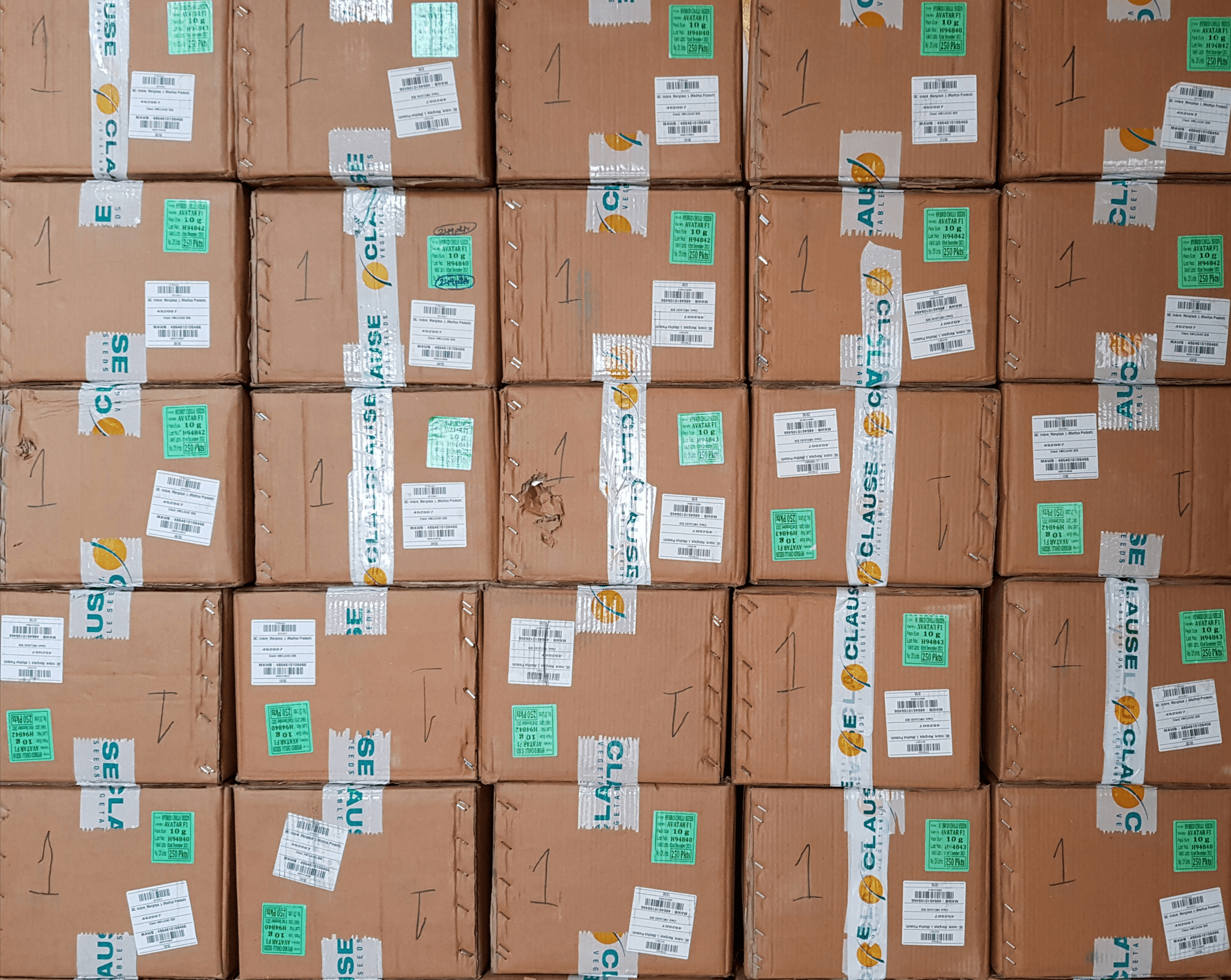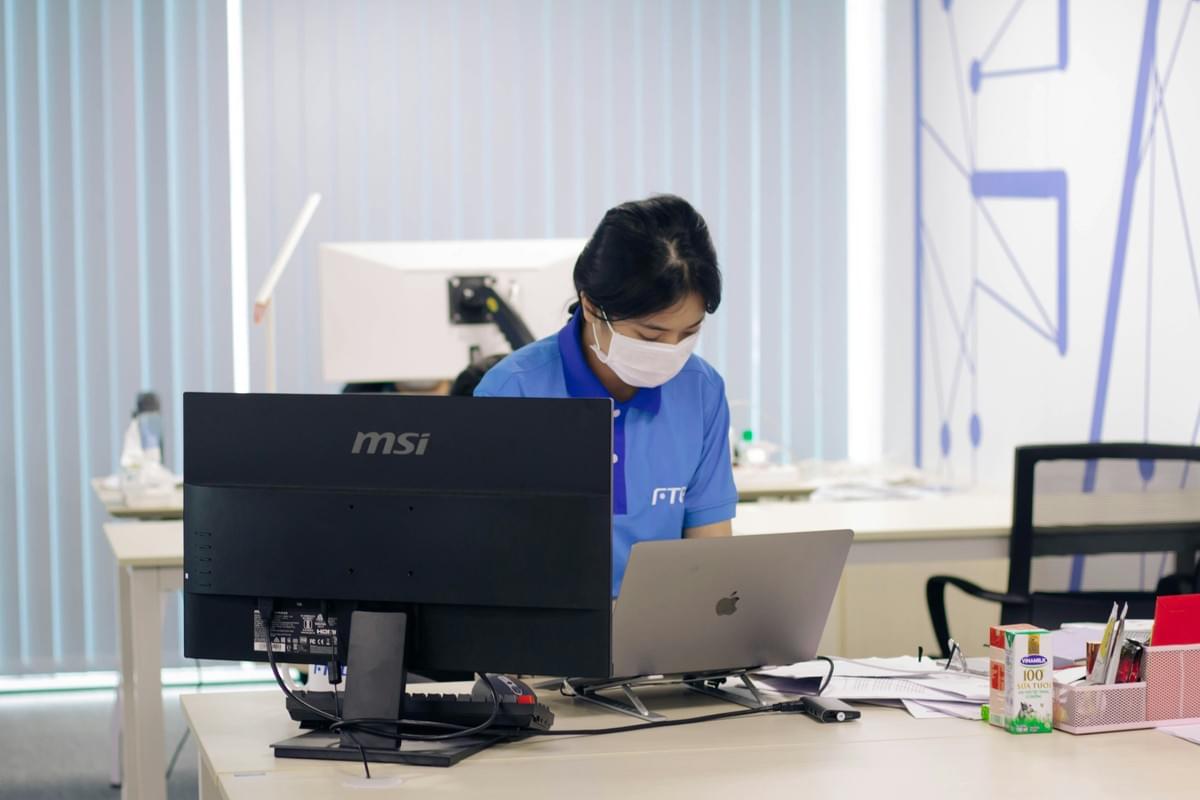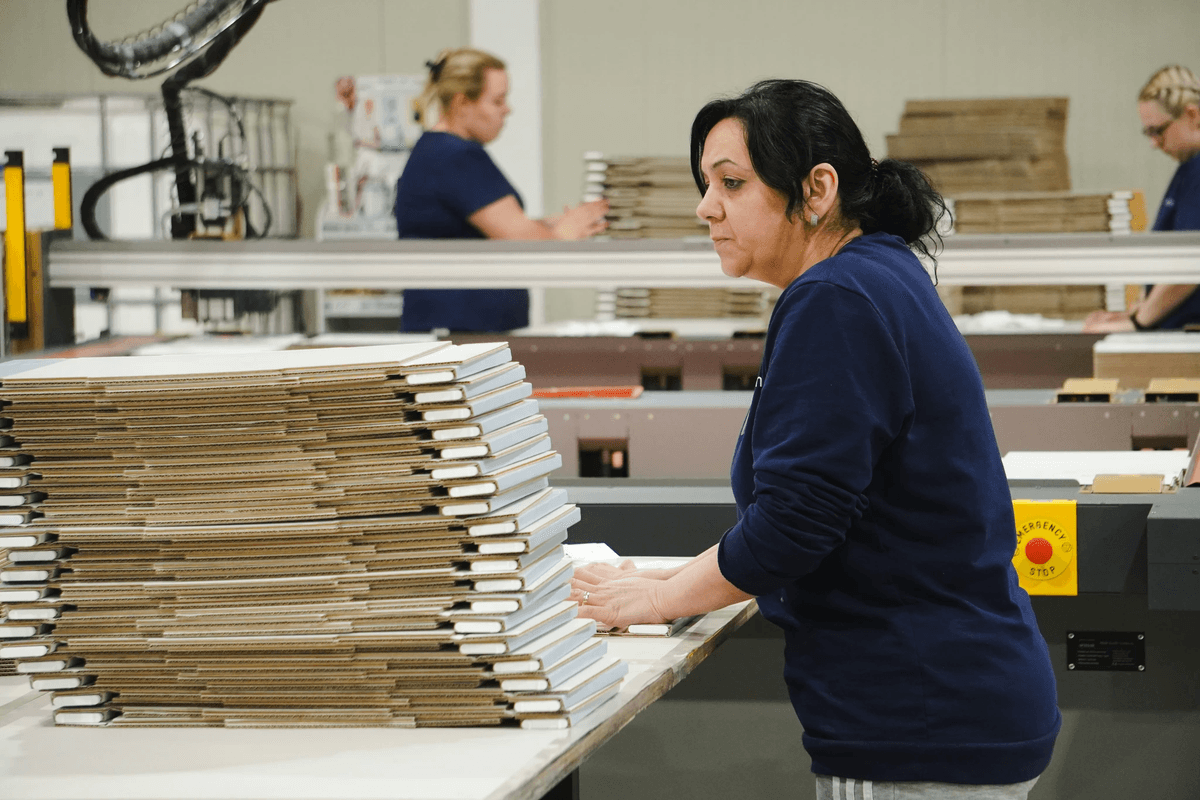Introduction
In the bustling world of international trade, ensuring that products meet quality standards before they reach consumers is paramount. This is where Final Random Inspection (FRI) comes into play, acting as a vital checkpoint for importers aiming to maintain product integrity. By understanding the nuances of FRI, businesses can better navigate the complexities of importing goods and safeguard their reputation.
Understanding Final Random Inspection
Final Random Inspection (FRI) refers to a systematic process designed to evaluate a sample of products before shipment. This inspection focuses on various aspects, including Quantity Verification, Style and Colour accuracy, and overall Workmanship (General Appearance). By assessing these elements, FRI helps importers confirm that their orders align with specifications and industry standards.
Importance of Final Random Inspection For Importers
For importers, the significance of Final Random Inspection cannot be overstated; it serves as a crucial safeguard against potential quality issues that could arise post-shipment. With thorough checks on Functions and Safety features, Size Specification adherence, and Package details verification, FRI minimizes risks associated with defective products reaching the market. Ultimately, this proactive approach not only protects financial investments but also enhances customer satisfaction by ensuring high-quality deliveries.
Overview of The 7 Steps of a Final Random Inspection
The 7 Steps of a Final Random Inspection (FRI) outline a structured methodology for conducting effective inspections that cover all essential bases. These steps include Pre-Inspection Preparation to set the stage for success and culminate in Post-Inspection Follow-Up to address any findings or concerns identified during the process. Each step is meticulously designed to ensure comprehensive coverage—from visual assessments to documentation review—guaranteeing that every aspect from Quantity Verification to Shipping marks is thoroughly examined.
What is Final Random Inspection?

Final Random Inspection (FRI) is a crucial quality control process that importers utilize to ensure that their products meet specified standards before shipping. This method helps identify potential issues with the merchandise during the final stages of production, allowing for corrective actions to be taken before goods reach their destination. Ultimately, FRI serves as a safeguard for importers looking to maintain quality and compliance.
Definition of FRI
Final Random Inspection (FRI) refers to an inspection conducted on a random sample of goods from a larger batch before they are shipped to the importer. This technique helps assess various aspects such as Quantity Verification, Style and Colour, Workmanship (General Appearance), Functions and Safety, Size Specification, Package details, and Shipping marks. By examining these elements systematically through The 7 Steps of a Final Random Inspection (FRI), importers can ensure that their products align with agreed-upon specifications.
Objectives of Final Random Inspection
The primary objective of Final Random Inspection (FRI) is to verify that the products meet the required quality standards prior to shipment. This involves checking for discrepancies in Quantity Verification and ensuring that all items conform to specified Style and Colour requirements alongside Workmanship (General Appearance). Additionally, FRI aims to confirm Functions and Safety aspects are up to par while validating Size Specification, Package details, and Shipping marks—ultimately reducing the risk of costly returns or disputes after delivery.
Key Terminology in FRI
Understanding key terminology related to Final Random Inspection (FRI) can significantly enhance communication between importers and inspectors. Terms such as Quantity Verification refer specifically to counting the number of items in a shipment against what was ordered; this process ensures accuracy in inventory management. Similarly, Style and Colour assessments focus on ensuring visual consistency across products while Workmanship (General Appearance) evaluates overall quality—factors critical for maintaining brand reputation in competitive markets.
The Role of China Inspection Pro

When it comes to navigating the complexities of international trade, China Inspection Pro stands out as a reliable partner for importers looking to streamline their processes. Their expertise lies in providing comprehensive inspection services that cover all aspects of The 7 Steps of a Final Random Inspection (FRI). From quantity verification to ensuring that the style and colour match specifications, they ensure that every detail is meticulously checked.
Services Offered by China Inspection Pro
China Inspection Pro offers a wide array of services tailored to meet the unique needs of importers. Their offerings include Quantity Verification, where they ensure that shipment quantities align with purchase orders, and detailed assessments of Style and Colour to confirm compliance with client specifications. Additionally, they conduct thorough evaluations on Workmanship (General Appearance), Functions and Safety, Size Specification, Package details, and Shipping marks—each essential in safeguarding against costly mistakes.
Furthermore, their inspections are not just limited to visual checks; they incorporate testing procedures that assess product functionality and safety standards. By leveraging advanced technology and skilled inspectors, China Inspection Pro guarantees an exhaustive review process that aligns with The 7 Steps of a Final Random Inspection (FRI). This holistic approach helps importers avoid pitfalls before products hit the market.
Advantages of Using a Third-Party Inspector
Utilizing a third-party inspector like China Inspection Pro provides significant advantages for businesses engaged in importing goods from overseas. First off, having an objective party conduct inspections reduces potential bias from manufacturers who may overlook flaws or discrepancies during self-inspections. This impartiality ensures accurate assessments across all facets including Quantity Verification and adherence to Size Specification.
Moreover, third-party inspectors often have extensive experience dealing with various suppliers across different industries. This experience allows them to identify common issues related to Workmanship (General Appearance) or Functions and Safety quickly—saving time while enhancing product quality assurance processes. Ultimately, this leads to more successful shipping outcomes as outlined in The 7 Steps of a Final Random Inspection (FRI).
Lastly, engaging with professionals like China Inspection Pro can significantly reduce delays at customs by ensuring all Package details and Shipping marks are compliant with regulations before shipments leave the factory floor. With fewer hurdles at customs checkpoints due to proper documentation review facilitated by these inspectors, businesses can enjoy smoother logistics operations.
Case Studies: Success Stories
The effectiveness of China Inspection Pro’s services is best illustrated through real-world success stories from satisfied clients who have benefited from their expertise during The 7 Steps of a Final Random Inspection (FRI). For instance, one electronics importer faced significant losses due to defective products arriving at their warehouse after skipping thorough inspections. After engaging China Inspection Pro for Quantity Verification and Functionality testing prior to shipment release, they managed not only to rectify existing issues but also significantly reduce return rates.
Another case involved a fashion retailer struggling with inconsistent Style and Colour variations among shipments from multiple suppliers in Asia. By employing China Inspection Pro’s specialized services focusing on Workmanship (General Appearance) alongside rigorous visual checks for Size Specification compliance before shipping items out—this retailer was able to standardize product quality across all lines effectively.
These success stories underscore how critical it is for importers today to adopt robust inspection protocols involving experts like China Inspection Pro who understand the nuances encapsulated within each step outlined in The 7 Steps of a Final Random Inspection (FRI). With proven results backing their methodologies—businesses can confidently navigate global trade challenges while enhancing customer satisfaction through consistent quality delivery.
Preparing for Final Random Inspection

Preparing for a Final Random Inspection (FRI) is crucial to ensure that the process goes smoothly and meets all necessary standards. This preparation involves gathering essential documentation, selecting an appropriate time for the inspection, and effectively communicating with inspectors about your specific requirements. By addressing these areas, you can significantly enhance the chances of a successful inspection outcome.
Documentation Needed for FRI
When it comes to documentation needed for a Final Random Inspection, having everything in order is key. Importers should prepare documents such as purchase orders, packing lists, and quality assurance reports that detail aspects like Quantity Verification, Style and Colour, and Workmanship (General Appearance). Ensuring that all paperwork is complete not only expedites the inspection process but also minimizes potential disputes or misunderstandings later on.
Additionally, it's vital to include documents related to Functions and Safety testing results, Size Specification sheets, Package details, and Shipping marks. These pieces of information play a significant role in verifying compliance with quality standards during The 7 Steps of a Final Random Inspection (FRI). Remember that thorough documentation can save time and resources while enhancing your credibility with inspectors.
Choosing the Right Time for Inspection
Timing can make or break your experience with a Final Random Inspection (FRI). Selecting the right moment involves considering production schedules and ensuring that products are ready in advance of shipment. Ideally, you want to conduct the inspection when goods are fully packaged but not yet loaded onto shipping vessels—this allows inspectors to evaluate Quantity Verification alongside Style and Colour effectively.
Moreover, scheduling inspections during peak production times may lead to rushed evaluations or incomplete assessments of Workmanship (General Appearance) or Functions and Safety checks. By planning ahead—perhaps even coordinating with China Inspection Pro—you can ensure that The 7 Steps of a Final Random Inspection (FRI) align perfectly with your operational needs without unnecessary delays. A well-timed inspection fosters better communication between you and your inspectors as well.
Factors to Communicate with Inspectors
Open lines of communication are essential when preparing for a Final Random Inspection (FRI). Clearly conveying important factors such as specific product requirements—including Size Specification—and any unique concerns regarding Package details will help inspectors tailor their approach accordingly. Discussing these elements upfront allows them to focus on key areas during The 7 Steps of a Final Random Inspection (FRI), like checking Functions and Safety measures.
It’s also beneficial to inform inspectors about any past issues you've experienced so they can be on high alert during their visual inspections or testing procedures. This proactive approach helps build rapport between you and your third-party inspector from China Inspection Pro while ensuring everyone is aligned on expectations regarding Quality Verification processes like Workmanship (General Appearance). A little transparency goes a long way toward achieving an effective FRI!
The 7 Steps of a Final Random Inspection

Understanding the process of Final Random Inspection (FRI) is crucial for importers to ensure product quality and compliance. The 7 Steps of a Final Random Inspection provide a structured approach that helps in identifying potential issues before goods reach their destination. Each step plays an important role in verifying quantity, style and colour, workmanship, functions and safety, size specifications, package details, and shipping marks.
Step 1: Pre-Inspection Preparation
The first step in the 7 Steps of a Final Random Inspection (FRI) involves thorough pre-inspection preparation. This includes gathering all relevant documentation such as purchase orders, product specifications, and previous inspection reports. Ensuring that all necessary information is on hand allows inspectors to verify quantity verification and other critical details efficiently.
During this stage, communication with the manufacturer is key; it’s essential to clarify expectations regarding style and colour along with any specific requirements for workmanship (general appearance). A well-prepared inspection team can minimize misunderstandings later on during the actual inspection process. Ultimately, effective pre-inspection preparation sets the tone for a successful FRI.
Step 2: Arrival and Opening of Inspection
Once preparations are complete, inspectors arrive at the manufacturing site to commence the inspection process officially. This step involves an opening meeting where inspectors introduce themselves and outline the objectives of The 7 Steps of a Final Random Inspection (FRI). Establishing rapport with factory representatives helps ensure cooperation throughout the inspection.
During this initial phase, inspectors also confirm logistics regarding access to products being inspected while reviewing any last-minute changes or updates from the manufacturer about package details or shipping marks. Clear communication at this stage lays a foundation for smooth proceedings as they move into visual inspections next.
Step 3: Visual Inspection Procedures
The visual inspection procedures are crucial in The 7 Steps of a Final Random Inspection (FRI), focusing on assessing various aspects such as style and colour consistency across products. Inspectors meticulously evaluate workmanship (general appearance) by checking for defects or discrepancies that may affect overall quality perception. This step also includes examining packaging integrity to ensure that it meets specified standards.
Inspectors pay close attention to quantity verification during this phase by counting samples from different batches or cartons to ensure compliance with order requirements. Any visible issues identified during visual inspections are documented meticulously for further analysis in subsequent steps.
Step 4: Testing Procedures and Equipment Used
Step four delves into testing procedures where various parameters are assessed based on product specifications outlined prior to inspection—this includes functions and safety checks among others within The 7 Steps of a Final Random Inspection (FRI). Inspectors utilize specialized equipment tailored for different types of products; whether it’s measuring tools or electronic testing devices.
This rigorous testing ensures that items not only meet functionality criteria but also adhere strictly to applicable safety regulations—an essential aspect when importing goods into new markets! Results from these tests contribute significantly towards validating size specifications alongside confirming adherence against initial customer expectations.
Step 5: Documentation Review
Following testing procedures comes documentation review—a vital component within The 7 Steps of a Final Random Inspection (FRI). Inspectors meticulously examine records related to production processes including bills of lading, packing lists, certificates if applicable—ensuring everything aligns perfectly with what was agreed upon initially! This review serves as another layer confirming that quantity verification aligns with delivered items accurately.
Documentation must reflect accurate package details including shipping marks which play an integral role in logistics management post-inspection completion too! Any discrepancies found during this review can lead back into discussions with manufacturers ensuring they’re resolved promptly before shipment takes place.
Step 6: Report Generation
Once all inspections have been completed successfully—including visual assessments alongside functional tests—the next critical step involves report generation within The 7 Steps of a Final Random Inspection (FRI). Inspectors compile comprehensive reports detailing findings from each previous stage highlighting areas where products excelled or fell short against set criteria like workmanship standards!
These reports serve dual purposes—they inform clients about overall product quality while providing manufacturers feedback necessary for continuous improvement initiatives moving forward! Clarity within these documents ensures everyone involved understands outcomes clearly reducing chances for future miscommunication drastically.
Step 7: Post-Inspection Follow-Up
The final step culminates in post-inspection follow-up where inspectors engage both clients and manufacturers regarding findings reported earlier—the last piece ensuring transparency throughout entire FRI process! Discussions may include addressing any identified issues needing rectification before shipment occurs alongside reaffirming agreements made concerning delivery timelines based upon results gathered earlier through each segment outlined previously under The 7 Steps of a Final Random Inspection (FRI).
Post-inspection follow-ups foster strong relationships between parties involved allowing everyone involved—from importers down through suppliers—to work collaboratively towards achieving ultimate satisfaction levels while maintaining high-quality standards consistently across future shipments too!
Common Challenges in FRI

The process of Final Random Inspection (FRI) is not without its hurdles. Importers often encounter various challenges that can complicate the inspection process and impact their bottom line. Understanding these common pitfalls is crucial for ensuring a smooth experience during The 7 Steps of a Final Random Inspection.
Miscommunication with Manufacturers
One of the most prevalent issues in FRI is miscommunication with manufacturers. Language barriers, cultural differences, and vague instructions can lead to misunderstandings regarding expectations for Quantity Verification, Style and Colour, and Workmanship (General Appearance). Clear communication is essential to ensure that manufacturers understand the specific requirements needed for each product being inspected.
Additionally, when importers fail to provide detailed information about functions and safety standards, it can result in discrepancies during The 7 Steps of a Final Random Inspection. This misalignment can ultimately lead to rejected shipments or costly rework if items do not meet the agreed-upon specifications. Establishing open lines of communication before the inspection can help mitigate these risks.
To further enhance clarity, using standardized checklists or templates for documentation can bridge gaps between parties. By ensuring that everyone is on the same page regarding Size Specification and Package details, importers can significantly reduce misunderstandings that could derail an otherwise successful inspection.
Incomplete Documentation
Incomplete documentation poses another significant challenge during FRI. Insufficient paperwork makes it difficult for inspectors to verify compliance with established standards throughout The 7 Steps of a Final Random Inspection process. Missing documents related to shipping marks or product specifications may lead to delays or even customs holds.
Moreover, when importers do not provide adequate records detailing previous inspections or quality checks performed by manufacturers, it raises red flags about product reliability. This lack of transparency complicates Quantity Verification processes and may cause inspectors to question the overall integrity of the shipment being examined.
To avoid such complications, it’s crucial for importers to prepare comprehensive documentation ahead of time. A well-organized file containing all necessary records will ensure smoother interactions with inspectors while also expediting the review process during The 7 Steps of a Final Random Inspection.
Customs Delays and Their Impact
Customs delays are another frequent challenge faced by importers undergoing FRI procedures. These delays often stem from insufficient documentation or discrepancies found during inspections related to Style and Colour or Shipping marks on packages. When shipments get held up at customs due to unresolved issues from The 7 Steps of a Final Random Inspection, it can create significant financial strain on businesses relying on timely deliveries.
Additionally, customs authorities may impose fines or penalties if they discover non-compliance with safety regulations concerning Functions and Safety measures outlined in product specifications during inspections—leading to further complications for importers already navigating complex logistics networks worldwide.
To minimize customs-related issues post-inspection, companies should prioritize thorough preparation before engaging in FRI activities by ensuring all required documents are complete and accurate from day one—ultimately leading toward smoother transactions throughout international trade processes.
Conclusion
In conclusion, the Final Random Inspection (FRI) is a crucial process for importers aiming to ensure product quality and compliance before shipment. By following The 7 Steps of a Final Random Inspection, businesses can effectively mitigate risks associated with quantity verification, style and colour discrepancies, and workmanship issues. Ultimately, FRI not only safeguards investments but also enhances brand reputation in competitive markets.
Final Thoughts on FRI Benefits
The benefits of implementing a thorough Final Random Inspection are manifold. From ensuring that size specifications are met to verifying package details and shipping marks, FRI helps importers avoid costly mistakes that could arise from overlooked details. Moreover, by focusing on functions and safety during inspections, businesses can build trust with their customers while ensuring compliance with international standards.
The Future of Import Inspections
As global trade continues to evolve, the future of import inspections will likely embrace technology-driven solutions like AI and automation to streamline processes further. This evolution could enhance the accuracy of quantity verification and reduce human error during inspections. Additionally, as consumer expectations rise regarding product quality—especially in terms of workmanship (general appearance)—the role of inspections will become even more critical for maintaining market competitiveness.
How to Make FRI Work for Your Business
To make the most out of your Final Random Inspection process, it’s vital to prepare adequately by gathering all necessary documentation well ahead of time. Communicate openly with inspectors about your specific needs concerning size specifications or any unique requirements related to style and colour variations in your products. By actively engaging in The 7 Steps of a Final Random Inspection (FRI), you can ensure seamless execution that ultimately leads to better outcomes for your business.
